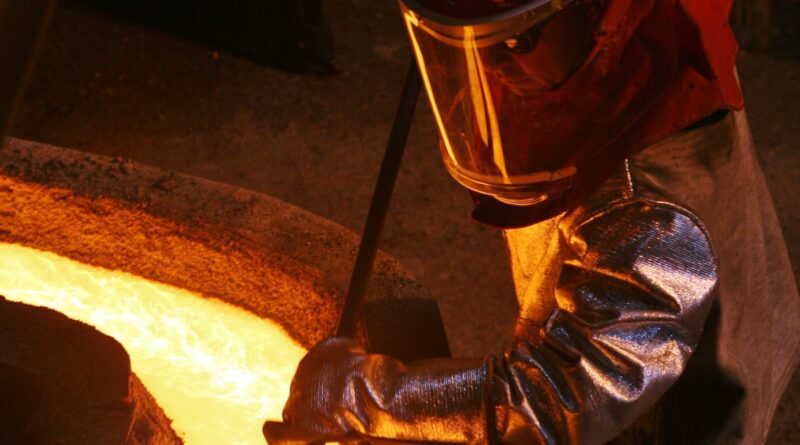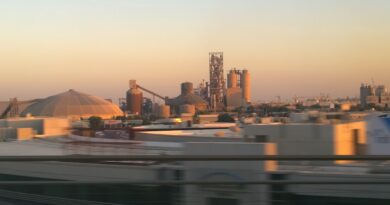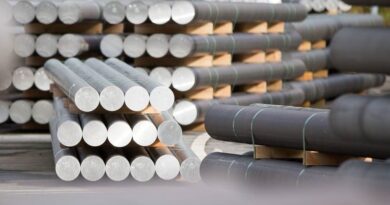Lualaba Copper Smelter to produce 99% blister copper for Kamoa Copper
Kamoa Copper signed a 10-year agreement with the Lualaba Copper Smelter, located outside the town of Kolwezi, for the processing of a portion of Kamoa’s copper concentrate production. Kamoa Copper delivered its first copper concentrates to the Lualaba smelter on June 1, and will receive first blister copper ingots within 30 days of delivery.
The Lualaba Copper Smelter is 60%-owned by China Nonferrous Metal Mining Group (CNMC) of Beijing, China. Yunnan Copper of Kunming, China, owns the remaining 40%. The smelter, which began operations in early 2020, will treat up to 150,000 wet metric tonnes of copper concentrates from Kamoa-Kakula, in return for a treatment charge and market-based realization fee, and produce blister copper containing approximately 99% copper that will be returned to Kamoa Copper, and collected by CITIC Metal and Zijin from a dedicated storage area at the Lualaba Copper Smelter.
The Lualaba Copper Smelter is the first modern, large, pyro-metallurgical copper smelter built in the Democratic Republic of Congo, and is approximately 40 kilometres from Kamoa-Kakula via the recently-constructed, dedicated by-pass road.
Marna Cloete, Ivanhoe Mines President and CFO, commented: “We are very pleased to have reached agreements with our partners CITIC Metal and Zijin at internationally-competitive terms. The agreements reflect the great partnership we have with CITIC Metal and Zijin, and the advance payment facilities significantly reduce the mine’s working capital requirements as Phase 1 production ramps up.
“We also are pleased to secure a long-term tolling agreement with the local Lualaba Copper Smelter, in keeping with our commitment to in-country beneficiation that includes Kamoa Copper’s longer-term plan to construct its own direct-to-blister smelter.
“We have all necessary authorizations in place and will commence exports of clean, hydro-electricity-produced copper products from the Kamoa-Kakula mine to meet the burgeoning international demand for electrification of the global economy.”




